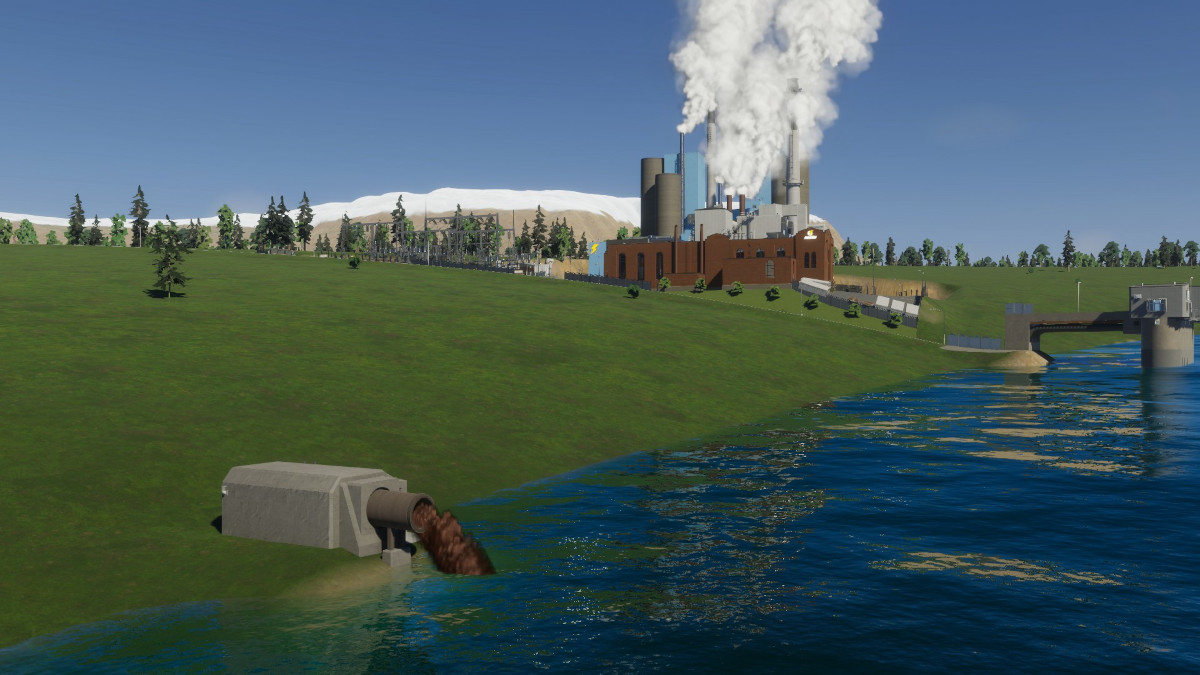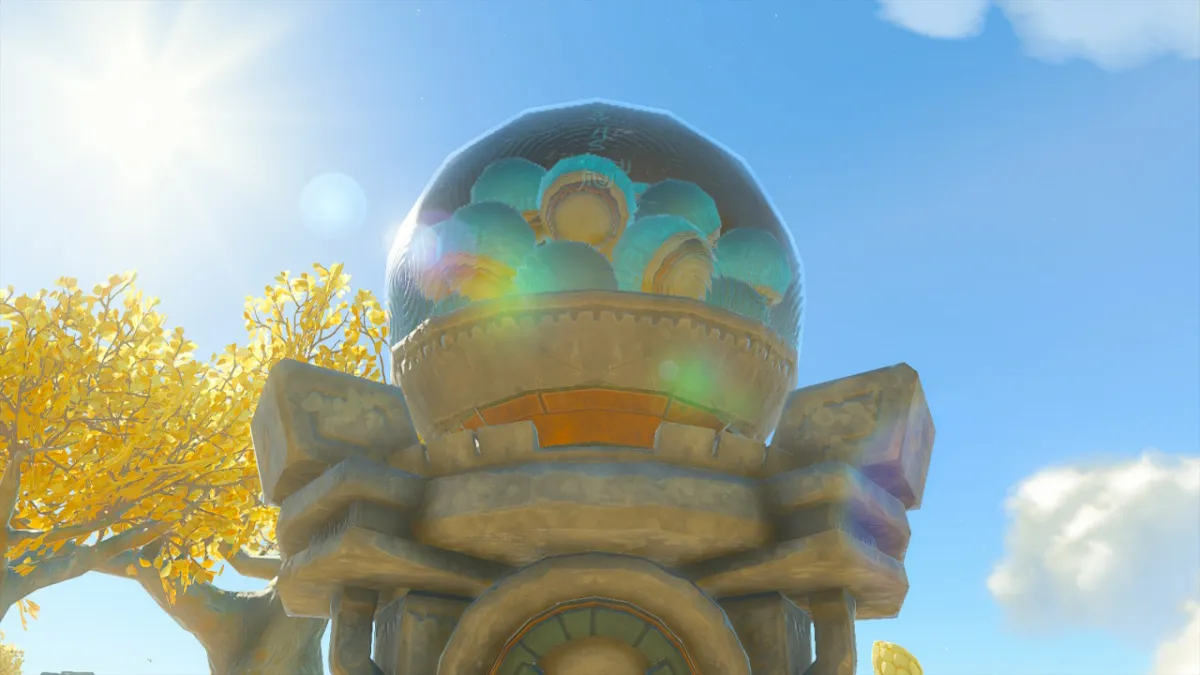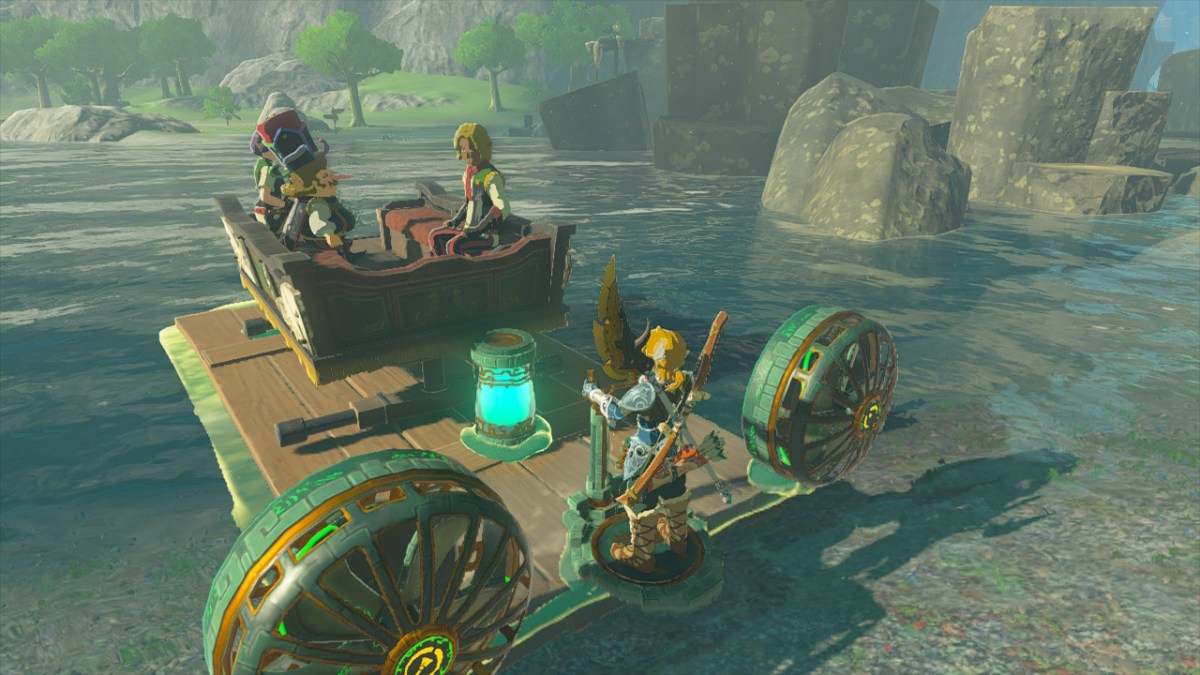Sometimes your Cities: Skylines 2 playthrough is going swimmingly, and sometimes your citizens go swimming and get sick from the water pollution. It’s tough to say who’s responsible every time, but chances are more often than not the buck stops here, and you gotta fix it.
Fighting water pollution in Cities: Skylines 2 isn’t as bad as you might think, because at least in this game’s context, you can catch it and do something about it really early on. You haven’t let it get to a catastrophic oil spill, at least not yet, but here’s what you can do to stop water pollution, and prevent it in the future!
Cities Skylines 2 Water Pollution Guide: How to Stop and Prevent Water Pollutants

Your most common potential water pollutants early in your playthrough are water supplies contaminated by waste, industry, or power plants. There are a few basic tips you can take to address water pollution:
- Build sewage outlets on the outskirts of your city, making sure it flows away from water supply stations
- Don’t put a groundwater pumping station on the same groundwater reservoir as a geothermal power station
- When an emergency broadcast mentions contaminated water, check all water supply and sewage locations, and look for any pollutants nearby
- When using the water & sewage tabs, check for zones that have bright green or red circles where water would be; these indicate groundwater or water pollution, so don’t connect these to your water supply
- If bulldozing a pollutant is too wasteful, consider bulldozing the water and sewage lines connecting them to town, at least for now
Related: How to Remove Underground Electric Cables and Power Lines in Cities: Skylines 2
Follow these tips and your citizens will not only remain healthy, keeping expenses down, but they’ll also be happy, driving up the odds of your city growing.
How to Track Down Polluted Locations in CS2
A challenge you’ll find as you grow your city is tracking down where the water pollution is coming from. Sometimes, the icons aren’t enough, so I recommend using the Chirper feed on the right, checking the latest posts, and selecting the sources. This brings you to their location, and likely the home that’s polluted, allowing you to check their water supply, any contaminants near where it’s drawn from, and other factors.












Published: Oct 23, 2023 05:45 pm